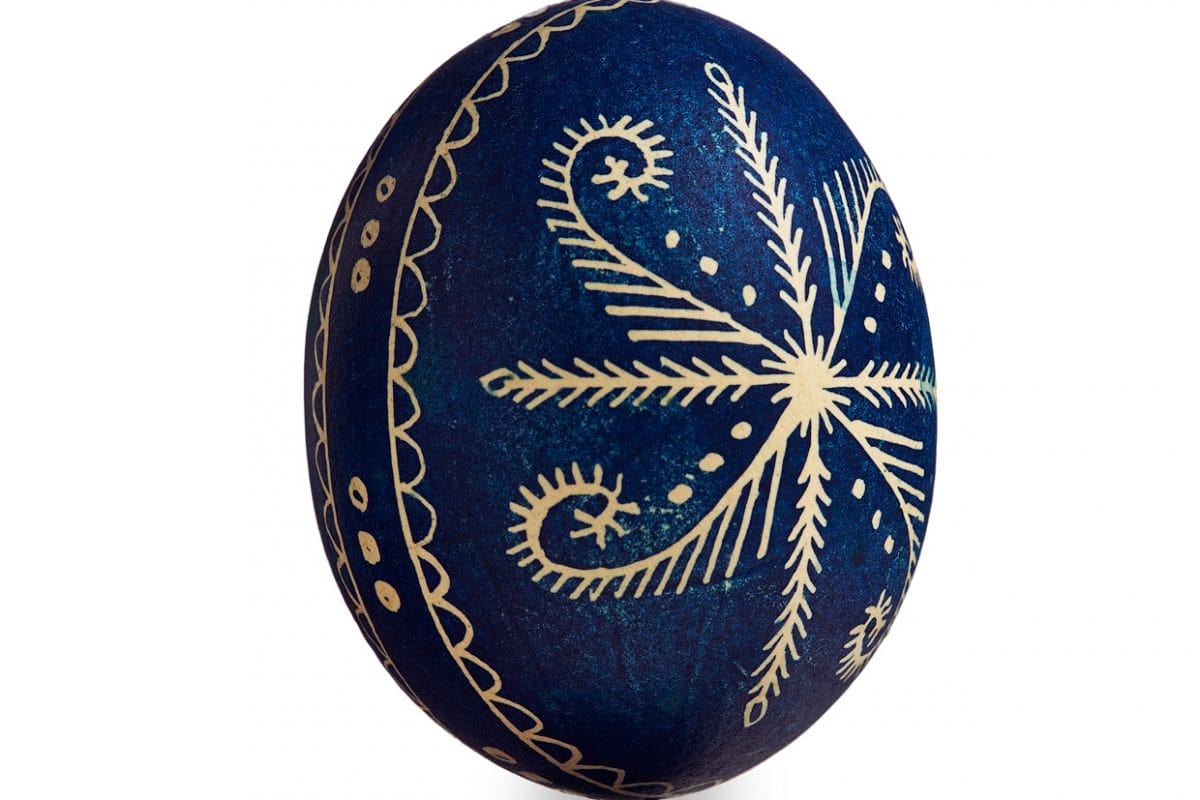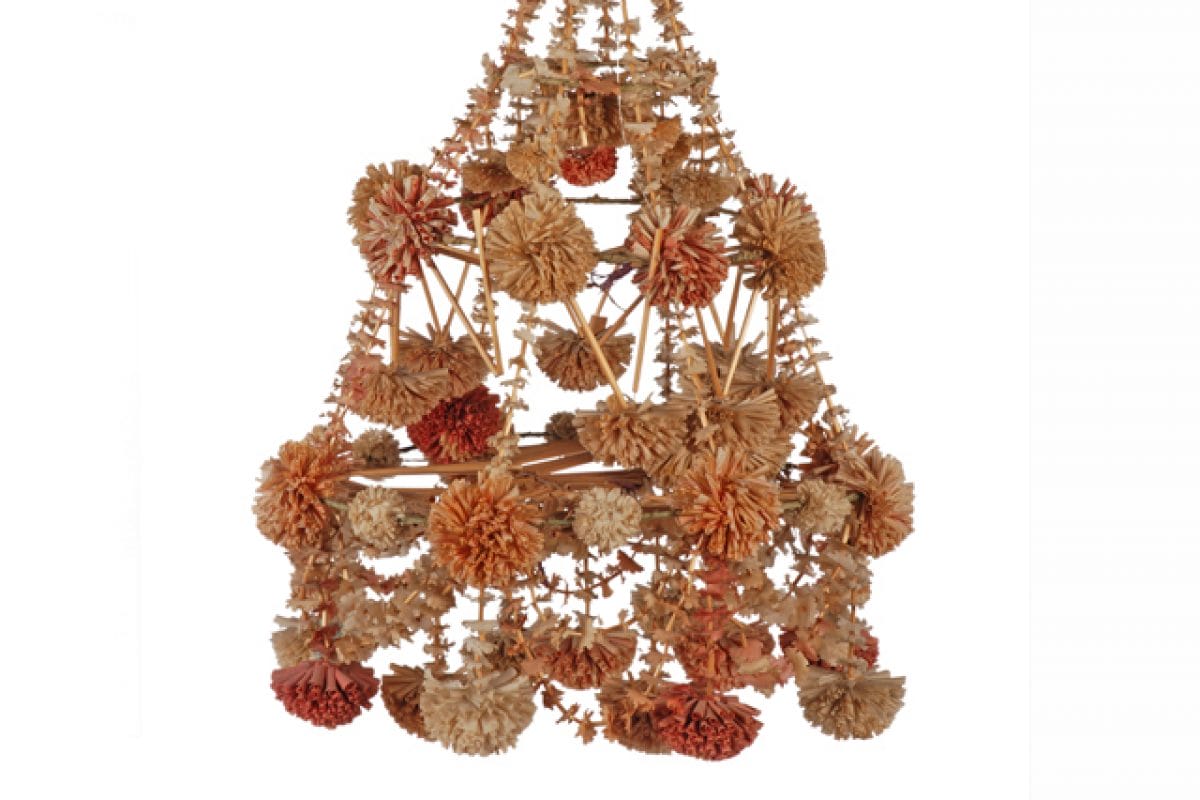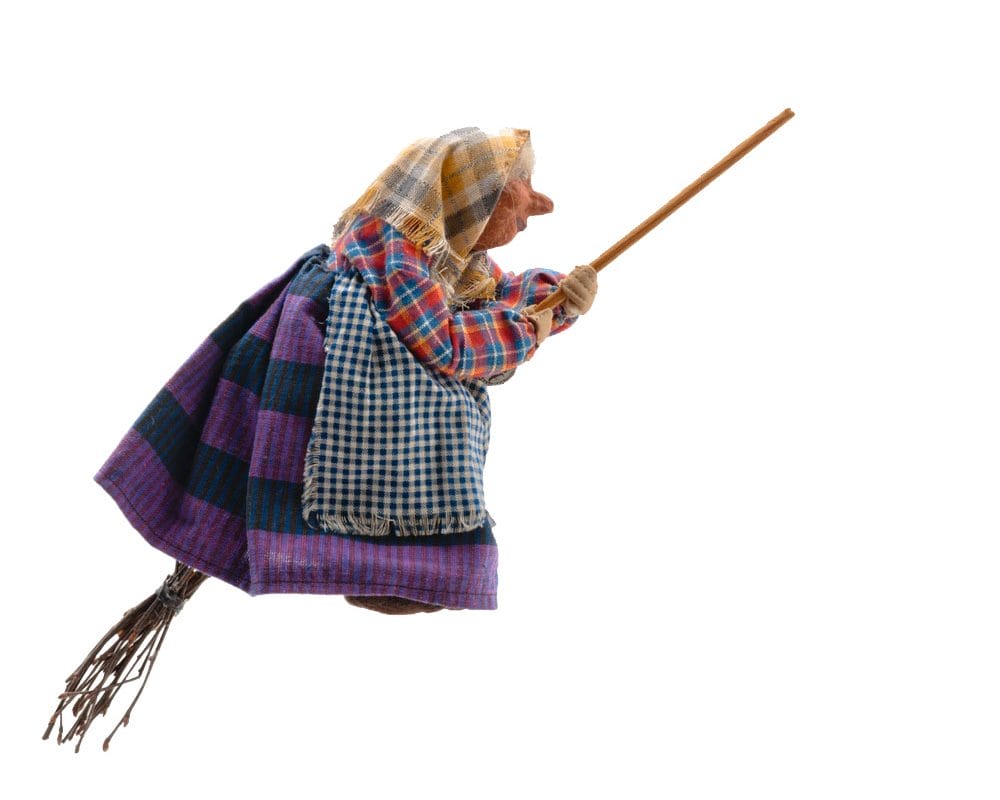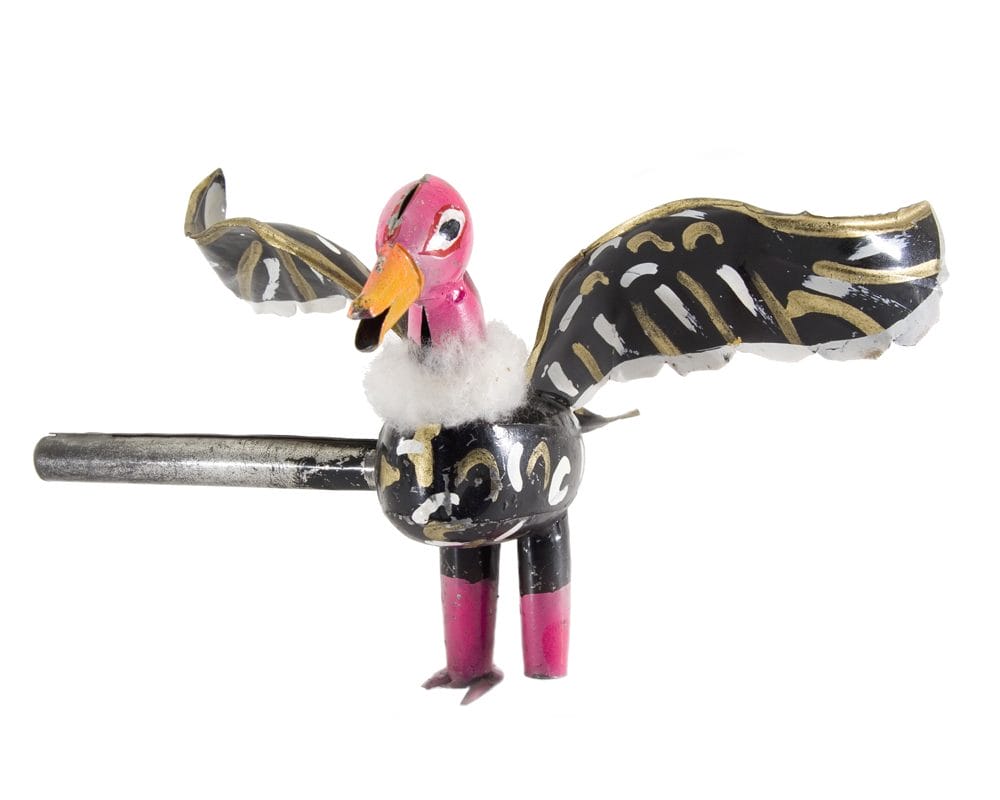
Polish Easter Eggs and decoration
In Poland, Easter is celebrated according to the Western Roman Catholic calendar. On the week before Easter, Palm Sunday (niedziela palmowa) takes place. Bunches of dried flowers and branches are brought to church representing palm leaves (said to have been scattered in front of Christ as he rode into Jerusalem) because palm trees are rare in Poland. The Holy week proceeds with spring-cleaning and families will decorate their homes in representations of Jesus’ tomb.
On the Saturday before Easter, the tradition of egg decorating, pisanki takes place, a tradition that’s more than a thousand years old. One technique to decorate the eggs is to apply wax, which would then be removed after dying. Another tradition is to make Easter baskets, these contain foods such as eggs, ham and cake.
Easter Sunday consists of attending church for many to see the resurrection mass ceremony, before the meal and sharing of Easter chocolate. On the final festive day of Easter, known as Śmigus-Dyngus (Wet Monday), boys have traditionally thrown water over girls and hit them with willow branches. Girls traditionally returned the favour the following day.
Paper Easter chandelier, ‘straw spider’, is a festival decoration made of straw and pieces of coloured paper. Decorations of this type were made during the Easter and Christmas periods and suspended under the ceiling beam. When spun by the wind, the decorations were a great attraction for children.

The Easter witches of Sweden
In Sweden, children dress as påskgumma, the Easter witch or hag, and as with Halloween and trick-or-treat, the children knock on doors in exchange for sweets and drawings with Easter greetings on them.
In Swedish folklore, witches would travel to Blåkulla to dance with the devil on the Thursday before Easter, Maundy Thursday, and to prevent witches from starting journey people would hide broomsticks and set fires to scare them off.

The Semana Santa and Pascua: Easter in Mexico
In Mexico, Easter is celebrated across two weeks: the Holy Week, Semana Santa, and Semana de Pascua, Easter week.
Processions and festivities take place on Semana Santa, and these activities change depending on the regions throughout Mexico.
It begins on Palm Sunday with the Blessing of the Palms, but really gets underway in earnest on Maundy Thursday, when there may be a re-enactment of the last supper, alongside services.
Church bells are usually silenced for the three days of Easter and people are called to church services by the use of a large wooden clapper also called a Matraca. Good Friday is marked in many towns and villages by the performance of a Passion Play, but it is Easter Saturday that most children look forward to.
On Easter Saturday large paper figures of Judas are stuffed with fireworks and paraded through the town, before exploding. The noise is added to by the spectators with Matracas. Easter Sunday is the highlight of the week when church attendance is high, and there are noisy celebrations in front of the church.
Semana de Pascua begins in the second week of Easter. This week has a light tone and celebrates the beginnings of Spring. Many Mexican families travel to the coast to pay tribute and enjoy the festivities.
The painted tin toy bird in our collections, known as a matraca, or Easter rattle. It makes noise when rotated. Matracas are part of Easter Sunday celebrations in Mexico when paper figures of Judas are burnt, accompanied by fireworks and the noisy whirring of the matracas.

Australia and the Easter Bilby
In Australia, Easter has the same traditions as many Western countries like hot cross buns and the extravagant roast dinner but did you know that the Easter bunny is represented by the Easter Bilby?
The Bilby (Macrotis lagotis), a small rodent-type animal, is used by many to raise awareness for the endangered animal.
Rabbits are seen as unlucky as they devastated the crops for farmers and are not indigenous to Australia.




